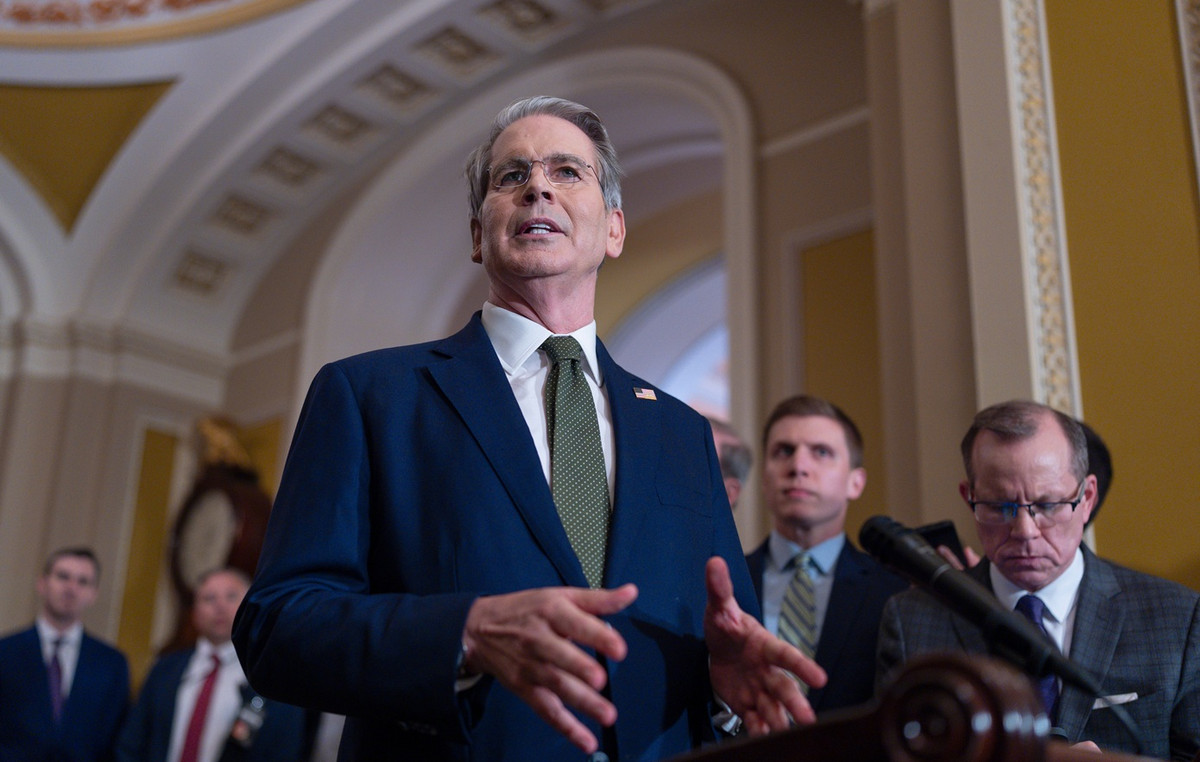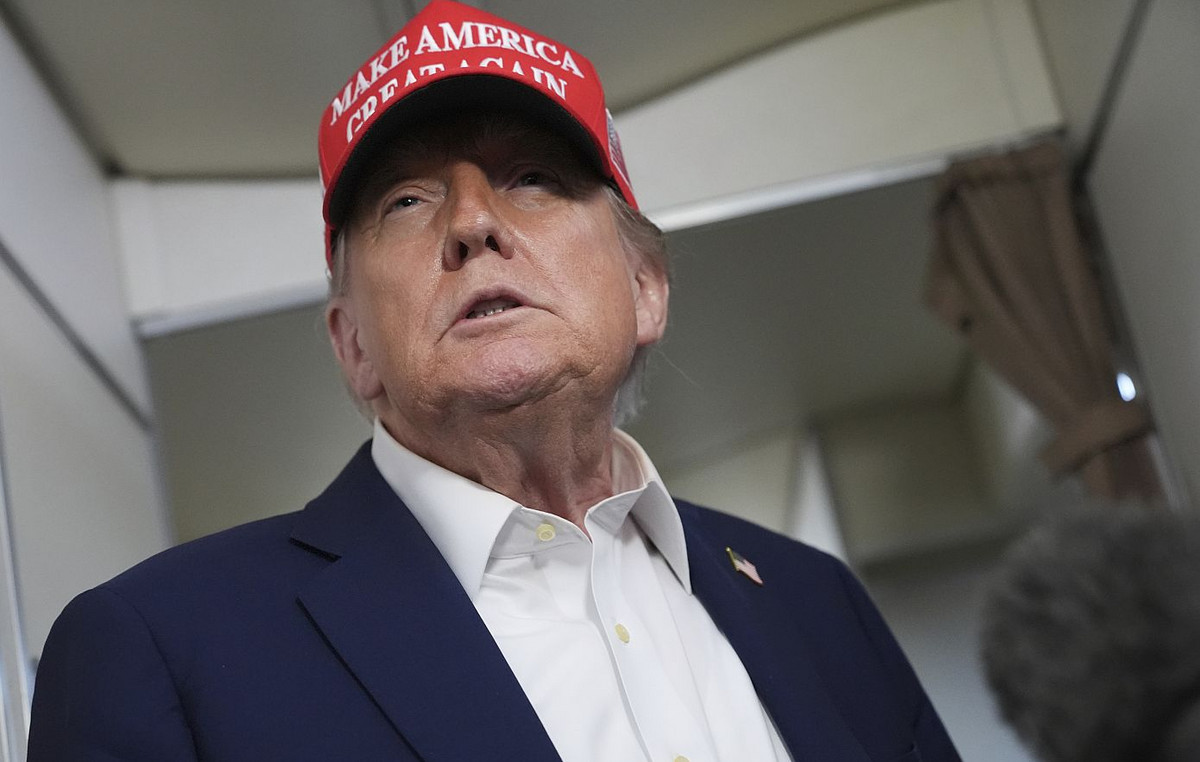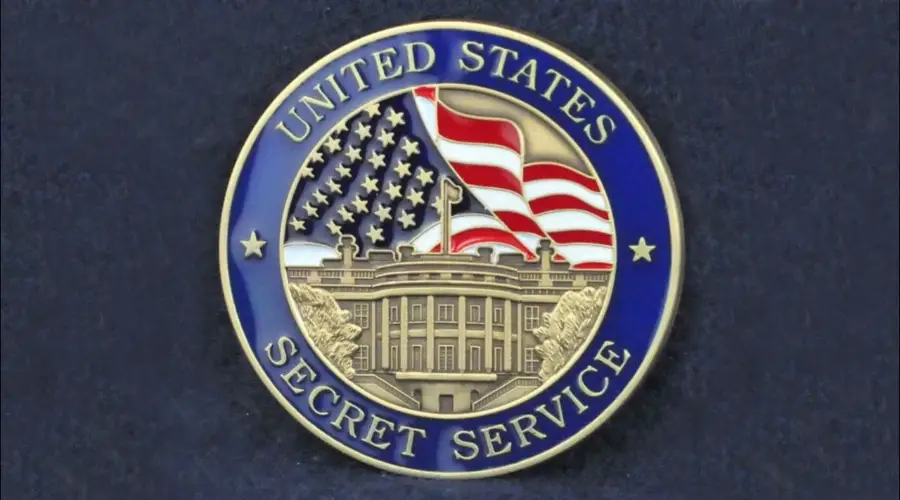Eight Spix’s Macaws (Cyanopsitta spixii) will be released today (11) in an environmental preservation area in the interior of Bahia. The species is considered extinct in the wild since the year 2000, when the last wild animal disappeared, which was accompanied by researchers.,
The birds that will be released – five females and three males – are part of a group of 52 brought from a breeding facility in Germany to Brazil in 2020, with the aim of reintroducing the species into the wild.
The coordinator of the National Action Plan for the Conservation of the Spix’s Macaw, Antonio Eduardo Barbosa, explains that this first group of eight birds was chosen among the most apt to survive in nature.
“They are healthy animals, which have flight muscles, which interact and do not show agonistic behavior, that is, they do not fight with another. They are the most suitable animals for release.”
The hyacinth macaws will be released with eight maracanã macaws (Primolius maracana), a species with which they shared their natural habitat and which have similar habits to theirs.
In the last two years, the macaws underwent a process of adaptation in a nursery installed in the city of Curaçá, in Bahia, which involved reducing contact with humans, living with maracanã macaws, training in flight, recognizing predators and the supply of food that will be found in nature.
For this reintroduction project, two conservation areas were created in 2018 in the municipalities of Curaçá and Juazeiro: the Ararinha-Azul Environmental Protection Area (APA) and the Ararinha-Azul Wildlife Refuge (Revis), which , together, add up to 120 thousand hectares.
“It will be a lenient release, as we call it. We open the enclosure, but want the birds to remain there. Supplementary food will be offered for a year, so that they can still visit the enclosure. In this experimental phase, we want to know the dynamics that the birds will present”, explains Barbosa.
This first release will allow researchers to observe the behavior of the macaw in nature, that is, the places they visit, what they eat, etc. The animals are tagged with rings and transmitters, which will allow them to be tracked for a few months.
The proposal is to release 12 more macaws in December this year, totaling 20 birds in freedom in the caatinga. For the time being, there is no forecast of the number of animals that will be released from 2023 onwards, but at least part of them will remain in the Curaçá nursery as a reserve to guarantee the survival of the species, the release of new individuals and the replacement of the expected losses in the environment.
Extinction
The Spix’s Macaw was discovered in 1819 and suffered a gradual process of extinction in the wild, due to factors such as the destruction of the environment and the capture for the illegal trade of wild animals.
In 1986, the last known wild population had just three individuals. The last known individual, a male, disappeared in 2000, thus decreeing the extinction of the species in the wild.
The macaw did not disappear completely because there were about 50 individuals living in breeding sites throughout Brazil and the world.
Still in the 1990s, the Brazilian government started a management project for the reproduction of these animals and the negotiation of the return to the country of part of the birds that were abroad.
The Chico Mendes Institute for Biodiversity Conservation (ICMBio) created, in 2012, a National Action Plan (PAN) to increase the captive population, protect the habitat and promote the reintroduction of the Spix’s Macaw.
In 2016, the German breeding Association for the Conservation of Threatend Parrots (ACTP) and ICMBio launched the Spix’s Macaw Reintroduction Project, which would allow the repatriation of the 52 animals four years later. Today, the world population of macaws is almost 200 individuals, of which three were born in the Curaçá nursery.
Source: CNN Brasil
I’m Susan Karen, a professional writer and editor at World Stock Market. I specialize in Entertainment news, writing stories that keep readers informed on all the latest developments in the industry. With over five years of experience in creating engaging content and copywriting for various media outlets, I have grown to become an invaluable asset to any team.







